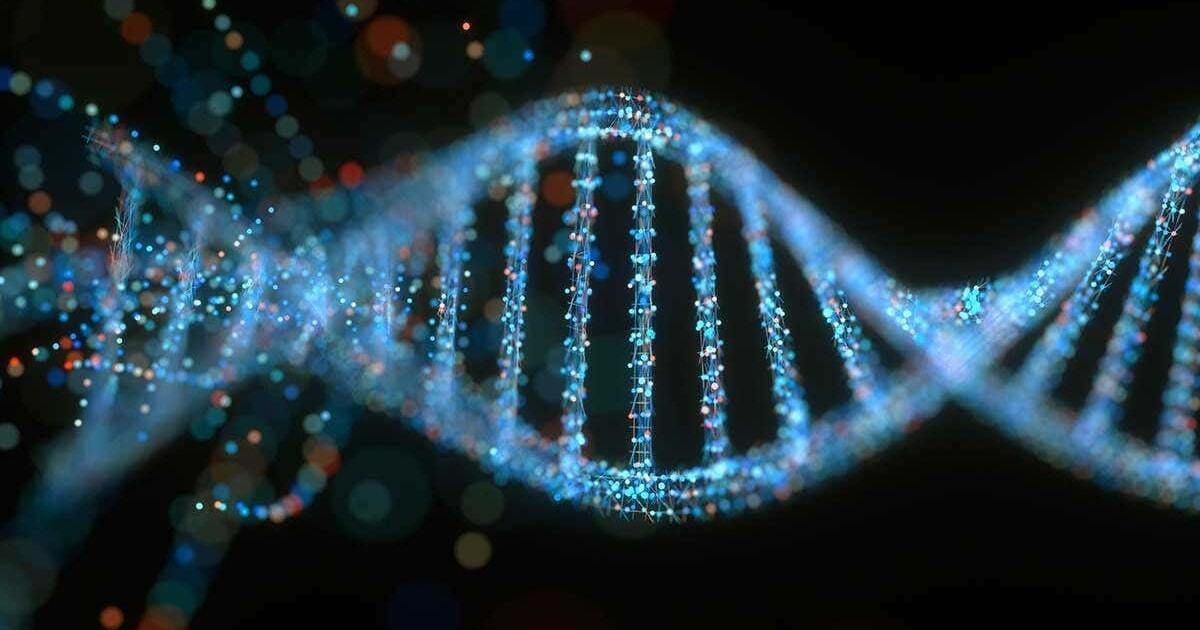Deciphering the Enigma of Blood Group Lutheran Null: A Guide to Understanding, Diagnosing, and Genetic Testing

Expert Reviewed By: Dr. Brandon Colby MD
Understanding Blood Group Lutheran Null
Blood group Lutheran Null, also known as Lu(a-b-), is a rare blood group phenotype characterized by the absence of both Lutheran a (Lua) and Lutheran b (Lub) antigens on the surface of red blood cells. This condition is associated with a unique genetic background and can have significant implications in blood transfusion and pregnancy management. In this article, we will explore the molecular basis of this rare blood group, its diagnosis, and the role of genetic testing in managing and understanding this condition better.
Diagnosing Blood Group Lutheran Null
Diagnosing Blood Group Lutheran Null involves serological testing, which is the detection of antigens and antibodies in blood samples. The presence or absence of Lutheran antigens on the red blood cells is determined using specific anti-Lua and anti-Lub antibodies. In the rare case of Lutheran Null, neither of these antigens is present on the red blood cells, leading to the Lu(a-b-) phenotype.
Further confirmation of the Lutheran Null phenotype can be achieved through molecular genetic testing. This involves the analysis of the individual’s BCAM (basal cell adhesion molecule) gene, which encodes the Lutheran glycoprotein. Mutations in this gene are responsible for the absence of Lutheran antigens on the red blood cells.
Genetic Testing for Blood Group Lutheran Null
Identifying the Genetic Basis
Several studies have explored the genetic basis of the Lutheran Null blood group. One such study is the review on the In(Lu) phenotype and associated KLF1 variants. The In(Lu) phenotype is characterized by a reduction in the expression of Lutheran and other blood group antigens due to genetic variants within the erythroid transcription factor KLF1. This review highlights the current knowledge on the In(Lu) phenotype and provides insights for future research and management strategies.
Understanding Antigen Gene Frequencies
Another important aspect of genetic testing is understanding the distribution characteristics of main antigen gene frequencies in rare blood group systems. A study on the genetic polymorphism of antigens in twelve rare blood group systems of Li nationality in Hainan Province, China explores this aspect. Such studies help in understanding the prevalence and distribution of rare blood groups like Lutheran Null in different populations.
Comparing Prevalence in Different Populations
Genetic testing also aids in comparing the prevalence of major blood group phenotypes in different populations. A study on the prevalence of major blood group antigens in blood donors at a main donation center in the United Arab Emirates is an example of this. Such comparisons help in understanding the genetic diversity of blood groups and can be useful in managing blood transfusion services efficiently.
Identifying Novel Genetic Mechanisms
Genetic testing can also lead to the identification of novel genetic mechanisms underlying rare blood group phenotypes. A study on a 24-base pair deletion in the ABO gene causing a hereditary splice site defect is an example of this. Such discoveries help in understanding the complex genetic basis of blood group systems and can lead to better diagnostic and management strategies.
Uses of Genetic Testing for Blood Group Lutheran Null
Genetic testing for Blood Group Lutheran Null has several practical applications:
- It helps in confirming the diagnosis of Lutheran Null, especially in cases where serological testing is inconclusive.
- It aids in understanding the genetic basis of this rare blood group, which can be helpful in developing targeted therapies and management strategies.
- It can be used for prenatal testing to determine the risk of hemolytic disease of the fetus and newborn (HDFN) in pregnancies involving a mother with Lutheran Null blood group.
- It can be useful in identifying compatible blood donors for individuals with Lutheran Null blood group, ensuring safe blood transfusion practices.
In conclusion, understanding, diagnosing, and using genetic testing for Blood Group Lutheran Null is crucial for managing this rare blood group effectively. As our knowledge of the genetic basis of blood group systems continues to expand, we can expect to see more targeted and effective strategies for diagnosing and managing rare blood groups like Lutheran Null.
About The Expert Reviewer
Dr. Brandon Colby MD is a US physician specializing in the personalized prevention of disease through the use of genomic technologies. He’s an expert in genetic testing, genetic analysis, and precision medicine. Dr. Colby is also the Founder of and the author of Outsmart Your Genes.
Dr. Colby holds an MD from the Mount Sinai School of Medicine, an MBA from Stanford University’s Graduate School of Business, and a degree in Genetics with Honors from the University of Michigan. He is an Affiliate Specialist of the American College of Medical Genetics and Genomics (ACMG), an Associate of the American College of Preventive Medicine (ACPM), and a member of the National Society of Genetic Counselors (NSGC)